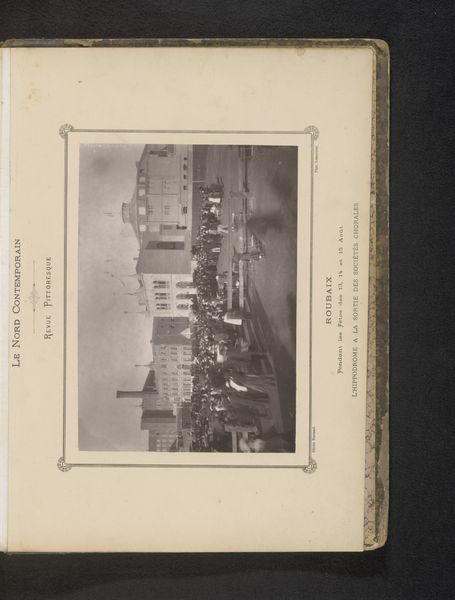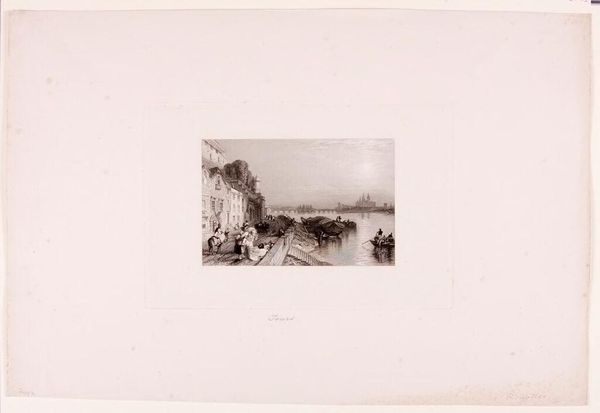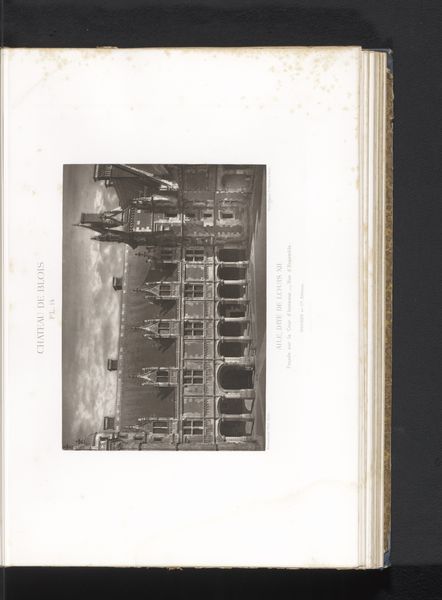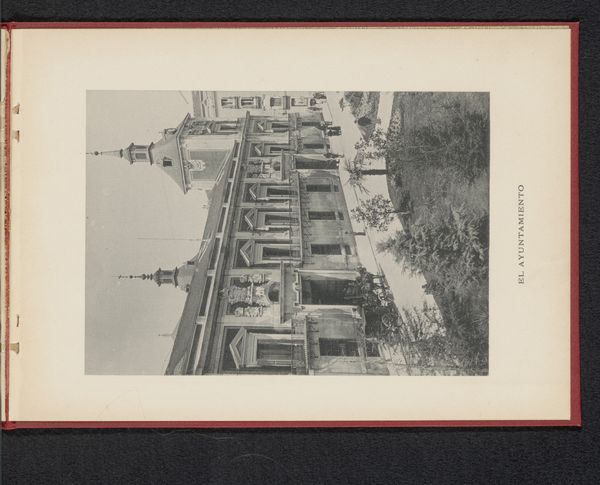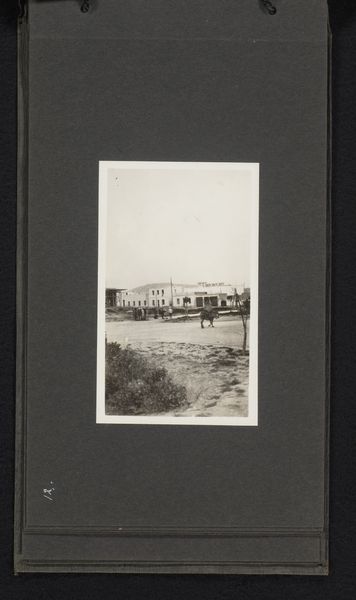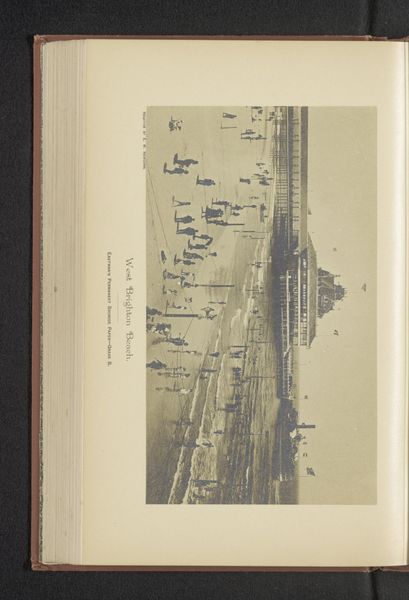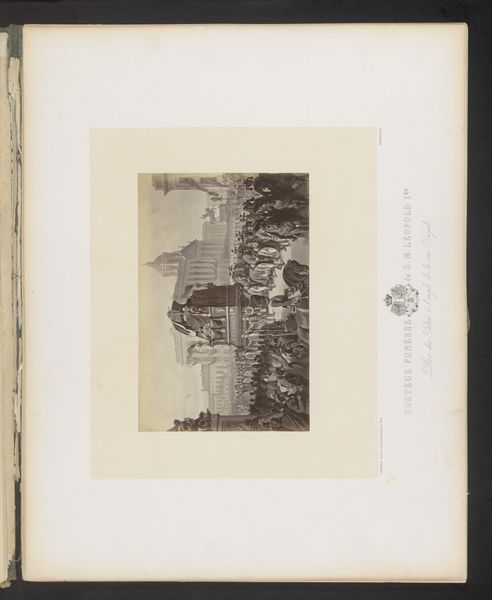
print, photography
# print
#
photography
#
cityscape
Dimensions: height 90 mm, width 130 mm
Copyright: Rijks Museum: Open Domain
Editor: So, this is "Gezicht op een aantal boten op een rivier," which translates to "View of several boats on a river." It's an anonymous print made before 1899. I'm struck by the stillness of the water; it feels almost like a mirror reflecting the city. What do you see in this piece? Curator: The quiet you observe contrasts sharply with the burgeoning industrialization happening across Europe at that time. Riverfronts weren't simply picturesque; they were vital arteries of commerce and often contested spaces. Do you see how the photograph positions the viewer? Editor: From the river itself, almost as if we are floating along with the boats? Curator: Precisely. That vantage point invites us to consider the photograph not just as a record of a cityscape, but as an intervention in how that city—its trade, its power structures, its relationship to the river—is perceived. The mirroring effect emphasizes a certain idealized vision, obscuring the harsh realities of labor and social inequalities often present in such port cities. How might thinking about those omissions shape your reading of the print? Editor: I hadn't considered the selective nature of the image before, how it focuses on the beauty while maybe obscuring the less appealing aspects of industrial life. Curator: Exactly. By acknowledging what’s absent—the working class, the pollution—we can begin to understand the photograph as a carefully constructed narrative about urban progress, and perhaps question its claims. Editor: This makes me think about how photographs, even back then, weren't objective, but full of perspectives and what they wanted to omit, which is kind of radical. Curator: It's a critical lens for sure, reminding us to interrogate the social narratives embedded in even seemingly straightforward depictions of the world around us.
Comments
No comments
Be the first to comment and join the conversation on the ultimate creative platform.
